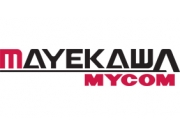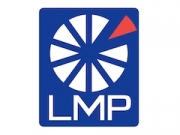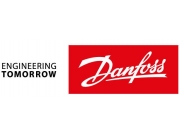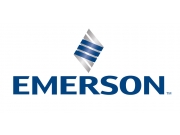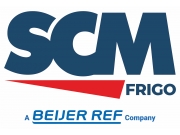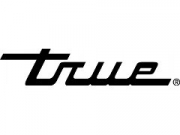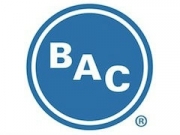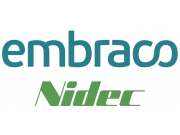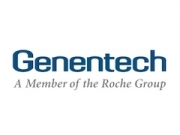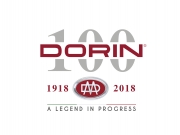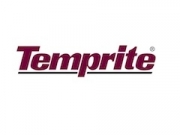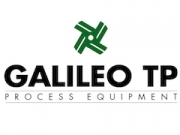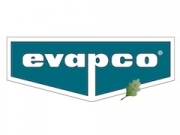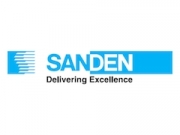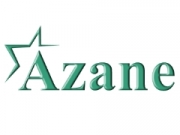Events
Parallel Technology CS: HVAC Session |
 |
Michael Morehead - Genentech's project: Migrating away from HFC's
PDF document
published on 18 June 2014
Michael Morehead - Global Engineering, Mechanical Engineer, Genentech, presents the objectives, approaches, and challenges for a 10-year program at Genentech’s South San Francisco campus to eliminate refrigerants that deplete the ozone layer, affect the climate, or are persistent in the atmosphere. After a brief overview of the campus and program objectives, Morehead focuses on specific solutions (and challenges) under consideration for several major system categories: small & large DX HVAC, centralised chilled water plants, process cooling, cold/freezer rooms, and laboratory freezers.
view presentation
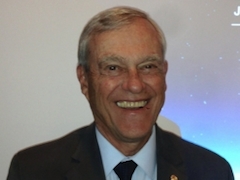 |
Mike Scofield - Indirect/Direct evaporative cooling in the arid West to eliminate mechanical cooling
PDF document
published on 18 June 2014
Through the Dina Spring Animal Shelter case study, Mike Scofield analyses the benefits of under floor systems compared to overhead systems, such as the flexibility for tenant changes, the lower fan pressure loss and the reduced fan energy. Moreover, he discusses evaporative cooling design, which allows building peak electrical demand to be reduced by 20 – 30%.
view presentation
 |
Vijayanand Periannan - EPX heat exchanger technology for dry evaporative cooling
PDF document
published on 18 June 2014
Vijayanand Periannan offers an overview of IDEC Systems (IEC+DEC systems) and presents and analyses the Annual Energy Consumption Analysis comparing a 100% outdoor air DEC VAV System and a 25% Outdoor Air Economiser VAV System.
view presentation
 |
Eric MacGregor - Successful installations of R1270 air cooled chillers
PDF document
published on 18 June 2014
Eric MacGregor from Versatile Refrigeration International focused on hydrocarbon technology, discussing the first installation in North America of a secondary refrigeration system using propylene (R1270) as the primary refrigerant. The system is already proving successful, maintaining optimal temperature throughout the year and being praised by building operators for its ease of operation and the small amount of maintenance required.
view presentation
Parallel Technology CS: Industrial Refrigeration & Other App. 1 |
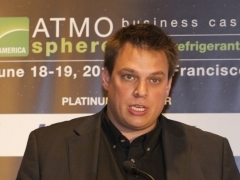 |
Marc-André Lesmerises - How CO2 allows innovative processes? A comparative study on defrost technologies
PDF document
published on 18 June 2014
Since 2008, Carnot Refrigeration, based in Québec, has focused on improving its natural refrigerant expertise while providing the best customer service to 25 different installers. Supplying to different industries with a wide range of applications, Lesmerises presents business case studies on NH3/CO2 and transcritical CO2 system installations designed and manufactured for warehouses, ice rinks and supermarkets.
view presentation
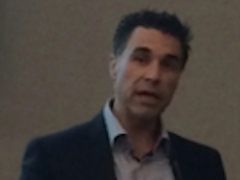 |
Benoit Rodier - Moving from freon to natural refrigerant after a catastrophic fire
PDF document
published on 18 June 2014
Benoit Rodier of CIMCO refrigeration presents a case study on an installation at Viandes Meats, a company that produces 20,000 lb/hr (9,072kg/hr) of frozen products for restaurants, hotels and institutions. The project, started in 2011, is relies on ammonia with glycol recirculation for the HVAC&R system. Among the system’s advantages, Benoit highlights the 25% decrease in the installation’s footprint and a reduction in the electrical entry of 800 amps. Rodier concludes the presentation saying that for similar upcoming projects CIMCO would use the same approach but replace the secondary fluid (propylene glycol) with CO2.
view presentation
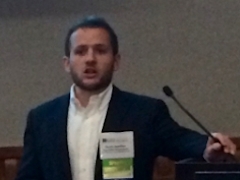 |
Derek Hamilton - Low charge ammonia - the natural replacement for R22
PDF document
published on 18 June 2014
Derek Hamilton from Star Refrigeration draws attention to the current phase out of the HCFC R-22 and its effects on the industrial refrigeration industry while exploring the options available as alternatives, together with the concerns of end users in large commercial or light industrial applications. Hamilton also highlights the advantages of low charge, packaged ammonia and air-cooled condensers by comparing them to R-22 and evaporative condensers respectively; and presents a recent investment in an air cooled ammonia package used to replace an ageing R22 system made by a dairy in Puerto Rico.
view presentation
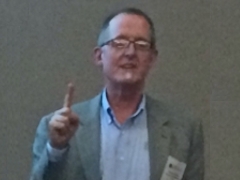 |
Bruce Nelson - Reducing ammonia charge in a large public refrigerated warehouse
PDF document
published on 18 June 2014
Bruce I. Nelson, President of Colmac Coil Manufacturing, Inc. draws attention to the pitfalls of pumped ammonia systems, which maximise the amount of refrigerant in the evaporators. Direct expansion (DX) ammonia systems, manufactured by Colmac Coil present a solution to this problem, reducing the required amount of ammonia in the system and also improving energy efficiency. Nelson goes on to describe the characteristics of a Colmac Coil project in a large public refrigerated warehouse, presenting data regarding ammonia charge, energy-efficiency, power consumption and first costs.
view presentation



